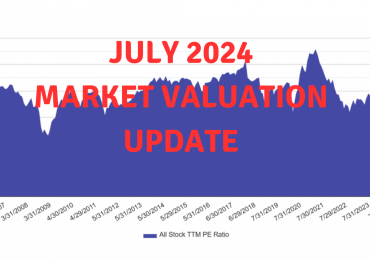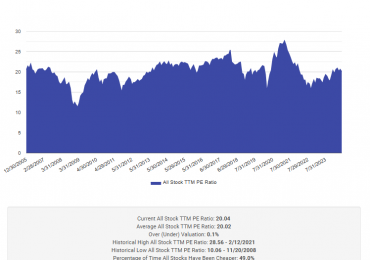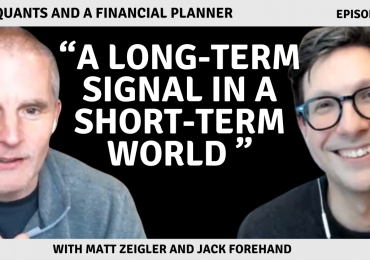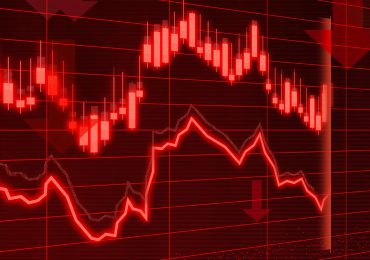A recent article in CFA Institute takes an in-depth look at the so-called Buffett Indicator, or market-cap divided by Gross Domestic Product, with a focus on whether it is applicable across the globe.
The metric—which represents the total value of all publicly traded stocks divided by the monetary value of all final goods and services produced in a country (within a given period)—has been described by Buffett as “probably the best single measure of where valuations stand at any given moment.” Generally speaking, the article states, if the metric is between 50% and 75%, the market might be considered moderately undervalued. Conversely, a range of 90% to 115% might suggest that the market is slightly overvalued.
As to whether the metric applies to countries outside the U.S., the article concludes that more analysis is needed since “the degree to which stock markets penetrate into economic activities varies from one nation to the next” and country-to-country comparisons are “generally unhelpful.” It also points out that if one country’s capital markets attract listings from global companies, “its Buffett Indicator can be quite disproportionate,” citing the example of the Hong Kong SAR, for which the metric tends to exceed 1000%. Additionally, the share of a country’s profits as a proportion of GDP varies from one economy to the next, making comparisons challenging.
The article concludes that more analysis is required to determine the Buffett Indicator’s “limitations” across the globe.









